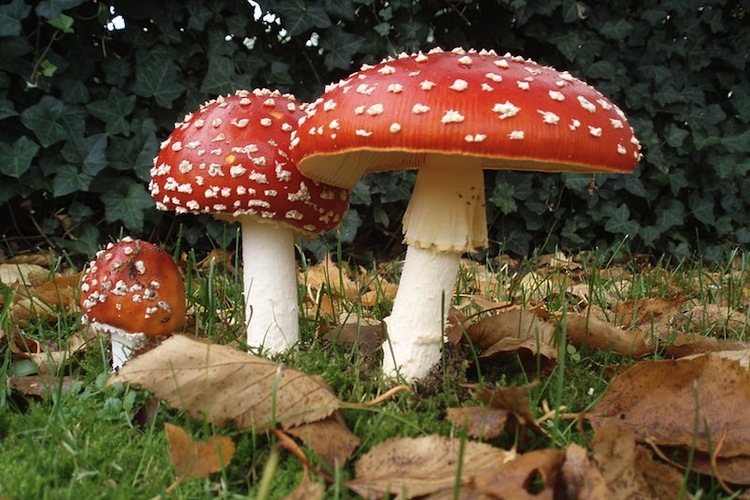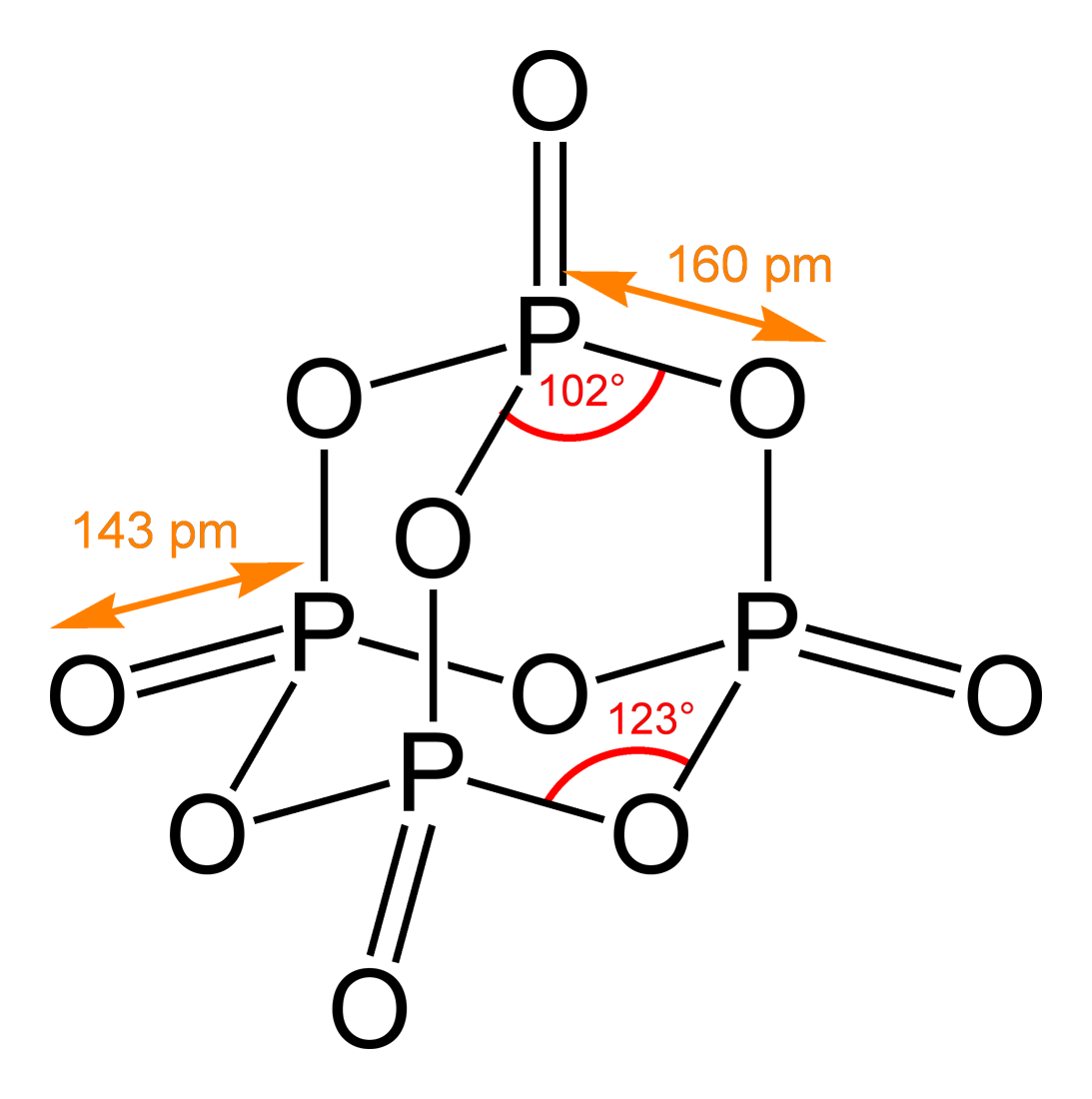|
Ichthyothereol
Ichthyothereol is a toxic polyyne compound found in the leaves and flowers of several plants in South and Central America. These plant sources and their extracts are known for their toxic effects on fish, and have long been used by various native tribes in the lower Amazon basin for fishing. The name of the genus ''Ichthyothere'', the members of which contain noticeable amounts of the natural product in their leaves, literally translates as ''fish poison.'' It is so toxic, fish will jump out of the water if ''Ichthyothere terminalis'' leaves are used as bait. This chemical is also found in the leaves and flowers of ''Dahlia coccinea''. The actual chemical was isolated by several different groups and its full chemical structure determined in 1965. The first total synthesis was published in 2001. It is also toxic to mice and dogs, producing convulsant effects that are similar to those of picrotoxin Picrotoxin, also known as cocculin, is a poisonous crystalline plant compound. It w ... [...More Info...] [...Related Items...] OR: [Wikipedia] [Google] [Baidu] |
Polyyne
In organic chemistry, a polyyne () is any organic compound with alternating single and triple bonds; that is, a series of consecutive alkynes, with ''n'' greater than 1. These compounds are also called polyacetylenes, especially in the natural products and chemical ecology literature, even though this nomenclature more properly refers to acetylene polymers composed of alternating single and double bonds with ''n'' greater than 1. They are also sometimes referred to as oligoynes, or carbinoids after " carbyne" , the hypothetical allotrope of carbon that would be the ultimate member of the series. In ''Avancés récentes en chimie des acétylènes – Recent advances in acetylene chemistry'' The synthesis of this substance has been claimed several times since the 1960s, but those reports have been disputed. Indeed, the substances identified as short chains of "carbyne" in many early organic synthesis attempts would be called polyynes today. The simplest polyyne is diacetylene ... [...More Info...] [...Related Items...] OR: [Wikipedia] [Google] [Baidu] |
Ichthyothere
''Ichthyothere'' is a genus of flowering plants, found in parts of South America (the Amazon) and Central America. The name ''ichthyothere'' literally translates as ''fish poison''. These plants' active constituent is a chemical called ichthyothereol, which is a polyyne compound that is highly toxic to fish and mammals. ''Ichthyothere terminalis'' leaves have traditionally been used to make poisoned bait by indigenous peoples of the lower Amazon basin. This genus is characterized by the small capitulum with few (usually one or two) fertile ray florets. It lacks an expanded outer series of herbaceous involucral bracts or phyllaries. These tend to be much reduced. ''Ichthyothere scandens'' and ''Ichthyothere garcia-barrigae'', both found at elevations above 1,000m, belong to a unique subgenus within ''Ichthyothere''. The other species are small herbs with an erect stem, showing tightly clustered or glomerulate groups of capitula. They occur below 1,000 m elevation. Its taxon ... [...More Info...] [...Related Items...] OR: [Wikipedia] [Google] [Baidu] |
Convulsant
A convulsant is a drug which induces convulsions and/or epileptic seizures, the opposite of an anticonvulsant. These drugs generally act as stimulants at low doses, but are not used for this purpose due to the risk of convulsions and consequent excitotoxicity. Most convulsants are antagonists (or inverse agonists) at either the GABAA or glycine receptors, or ionotropic glutamate receptor agonists. Many other drugs may cause convulsions as a side effect at high doses (e.g. bupropion, tramadol, pethidine, dextropropoxyphene, clomipramine) but only drugs whose primary action is to cause convulsions are known as convulsants. Nerve agents such as sarin, which were developed as chemical weapons, produce convulsions as a major part of their toxidrome, but also produce a number of other effects in the body and are usually classified separately. Dieldrin which was developed as an insecticide blocks chloride influx into the neurons causing hyperexcitability of the CNS and convulsions. ... [...More Info...] [...Related Items...] OR: [Wikipedia] [Google] [Baidu] |
Plant Toxins
A toxin is a naturally occurring organic poison produced by metabolic activities of living cells or organisms. Toxins occur especially as a protein or conjugated protein. The term toxin was first used by organic chemist Ludwig Brieger (1849–1919) and is derived from the word toxic. Toxins can be small molecules, peptides, or proteins that are capable of causing disease on contact with or absorption by body tissues interacting with biological macromolecules such as enzymes or cellular receptors. Toxins vary greatly in their toxicity, ranging from usually minor (such as a bee sting) to potentially fatal even at extremely low doses (such as botulinum toxin). Toxins are largely secondary metabolites, which are organic compounds that are not directly involved in an organism's growth, development, or reproduction, instead often aiding it in matters of defense. Terminology Toxins are often distinguished from other chemical agents strictly based on their biological origin. Less ... [...More Info...] [...Related Items...] OR: [Wikipedia] [Google] [Baidu] |
Convulsants
A convulsant is a drug which induces convulsions and/or epileptic seizures, the opposite of an anticonvulsant. These drugs generally act as stimulants at low doses, but are not used for this purpose due to the risk of convulsions and consequent excitotoxicity. Most convulsants are antagonists (or inverse agonists) at either the GABAA or glycine receptors, or ionotropic glutamate receptor agonists. Many other drugs may cause convulsions as a side effect at high doses (e.g. bupropion, tramadol, pethidine, dextropropoxyphene, clomipramine) but only drugs whose primary action is to cause convulsions are known as convulsants. Nerve agents such as sarin, which were developed as chemical weapons, produce convulsions as a major part of their toxidrome, but also produce a number of other effects in the body and are usually classified separately. Dieldrin which was developed as an insecticide blocks chloride influx into the neurons causing hyperexcitability of the CNS and convulsi ... [...More Info...] [...Related Items...] OR: [Wikipedia] [Google] [Baidu] |
Picrotoxin
Picrotoxin, also known as cocculin, is a poisonous crystalline plant compound. It was first isolated by the French pharmacist and chemist Pierre François Guillaume Boullay (1777–1869) in 1812. The name "picrotoxin" is a combination of the Greek words "picros" (bitter) and "toxicon" (poison). A mixture of two different compounds, picrotoxin occurs naturally in the fruit of the '' Anamirta cocculus'' plant, although it can also be synthesized chemically. Due to its interactions with the inhibitory neurotransmitter GABA, picrotoxin acts as a stimulant and convulsant. It mainly impacts the central nervous system, causing seizures and respiratory paralysis in high enough doses. Chemical structure and synthesis Picrotoxin is an equi molar mixture of two compounds, picrotoxinin (C15H16O6; CAS# 17617-45-7) and picrotin (C15H18O7; CAS# 21416-53-5). Of the two compounds, picrotin is less active. Picrotoxin occurs naturally in the fruit of the ''Anamirta cocculus'', a climbing plant f ... [...More Info...] [...Related Items...] OR: [Wikipedia] [Google] [Baidu] |
Chemical Structure
A chemical structure determination includes a chemist's specifying the molecular geometry and, when feasible and necessary, the electronic structure of the target molecule or other solid. Molecular geometry refers to the spatial arrangement of atoms in a molecule and the chemical bonds that hold the atoms together, and can be represented using structural formulae and by molecular models; complete electronic structure descriptions include specifying the occupation of a molecule's molecular orbitals. Structure determination can be applied to a range of targets from very simple molecules (e.g., diatomic oxygen or nitrogen), to very complex ones (e.g., such as protein or DNA). Background Theories of chemical structure were first developed by August Kekulé, Archibald Scott Couper, and Aleksandr Butlerov, among others, from about 1858. These theories were first to state that chemical compounds are not a random cluster of atoms and functional groups, but rather had a definite o ... [...More Info...] [...Related Items...] OR: [Wikipedia] [Google] [Baidu] |
Total Synthesis
Total synthesis is the complete chemical synthesis of a complex molecule, often a natural product, from simple, commercially-available precursors. It usually refers to a process not involving the aid of biological processes, which distinguishes it from semisynthesis. Syntheses may sometimes conclude at a precursor with further known synthetic pathways to a target molecule, in which case it is known as a formal synthesis. Total synthesis target molecules can be natural products, medicinally-important active ingredients, known intermediates, or molecules of theoretical interest. Total synthesis targets can also be organometallic or inorganic, though these are rarely encountered. Total synthesis projects often require a wide diversity of reactions and reagents, and subsequently requires broad chemical knowledge and training to be successful. Often, the aim is to discover a new route of synthesis for a target molecule for which there already exist known routes. Sometimes, however, no ... [...More Info...] [...Related Items...] OR: [Wikipedia] [Google] [Baidu] |
South America
South America is a continent entirely in the Western Hemisphere and mostly in the Southern Hemisphere, with a relatively small portion in the Northern Hemisphere at the northern tip of the continent. It can also be described as the southern Subregion#Americas, subregion of a single continent called Americas, America. South America is bordered on the west by the Pacific Ocean and on the north and east by the Atlantic Ocean; North America and the Caribbean Sea lie to the northwest. The continent generally includes twelve sovereign states: Argentina, Bolivia, Brazil, Chile, Colombia, Ecuador, Guyana, Paraguay, Peru, Suriname, Uruguay, and Venezuela; two dependent territory, dependent territories: the Falkland Islands and South Georgia and the South Sandwich Islands; and one administrative division, internal territory: French Guiana. In addition, the ABC islands (Leeward Antilles), ABC islands of the Kingdom of the Netherlands, Ascension Island (dependency of Saint Helena, Asce ... [...More Info...] [...Related Items...] OR: [Wikipedia] [Google] [Baidu] |
Dahlia Coccinea
''Dahlia coccinea'' is a species of flowering plant in the daisy family Asteraceae. Its common name is red dahlia, although the flowers can be orange or occasionally yellow, as well as the more common red. The species is native to Mexico but has long been cultivated in other countries for its showy flowers.Icon. avanilles3: 33 (-34; t. 266). 1795. Uses Tubers of the plant were used as a food source by the Aztecs The Aztecs () were a Mesoamerican culture that flourished in central Mexico in the post-classic period from 1300 to 1521. The Aztec people included different ethnic groups of central Mexico, particularly those groups who spoke the Nahuatl l ..., though this use largely died out after the Spanish conquest. The tubers are highly nutritious. References {{Taxonbar, from=Q1804715 coccinea Flora of Mexico Taxa named by Antonio José Cavanilles ... [...More Info...] [...Related Items...] OR: [Wikipedia] [Google] [Baidu] |




